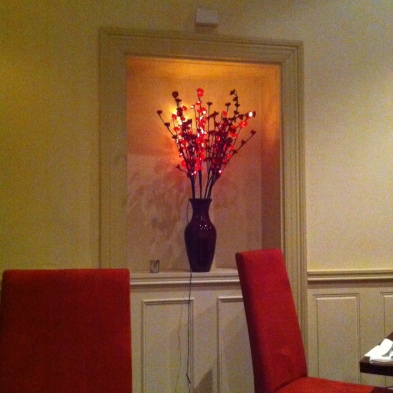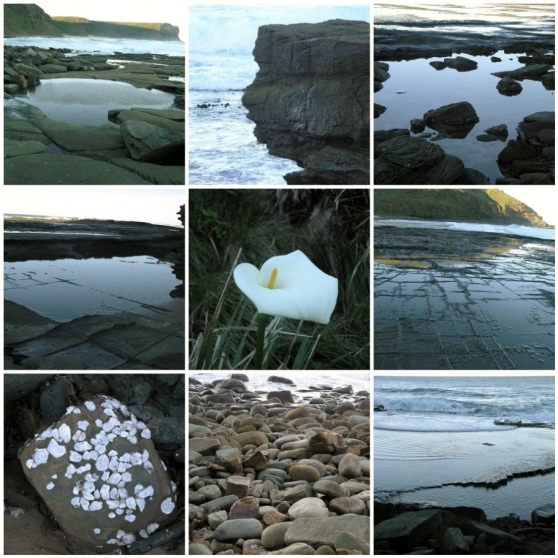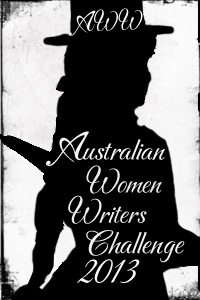
The ‘Australian Women Writers Challenge’ is one of my projects for 2013. I undertook this challenge in 2012 and had a wonderful reading and connecting experience and looking forward to extending and enriching that this year.
So what is the challenge? You can read more about it here but basically it’s a reading and reviewing challenge to lift the profile of Australian women’s writing. It was started in 2012 by Elizabeth Lhuede in response to an under-representation of women’s writing in Australian literary prizes being awarded. It has since developed into a strong, diverse group of readers and reviewers celebrating and sharing writing by Australian women.
You can choose your level of engagement in the challenge and there’s no pressure to complete as such, just a target to aim for. Last year, I aimed high (read 10, review 6) and in a busy year managed most of the reading and none of the reviews. This year, I am aiming a little lower (read 6, review at least 4) and hope to over-achieve!
So why am I signing up again and why is it important?
I have a great love of Australian women’s writing. My Australian literature bookshelf is about 80% women writers. This love developed naturally during my university literature studies and has endured. It’s my history, lineage and backyard; they are not the only writers I enjoy but they are the writers closest to my experience with all the local references, influences and language especially as it relates to the experience of women.
I am engaging with the challenge in 2013 again to broaden this experience further; in 2012, I learned about so many new Australian women writers and so many diverse reads. I have been enjoying deliberately seeking out writers that are new to me and genres that I don’t normally read.
It’s important because the profile of Australian women writers has been under-represented in terms of awards and book reviews, as surprising as this is. Read this post on the background to the challenge to get a feel for some of the issues. The AWW Challenge has done much to celebrate and raise awareness about Australian women’s writing and I for one am very grateful for the community and experience, as well as the profile being generated. The challenge has resulted in a powerful ground shift that has attracted national and international attention.
Reflecting on 2012
In 2012, I read 7 books towards my target of 10. Because I didn’t get to the review in 2012 and in case anyone is looking for potential reads for this year, I’ll list my reads and add a few brief comments.
Searching for the Secret River: A Writing Memoir – Kate Grenville‘s account of the research and writing experience of ‘The Secret River’ was always going to be an engaging book for me, being about a number of key interests: writing, family history, genealogical research, fact and fiction and the intersection between them. One branch of my family also settled in the area Kate was researching and writing about so it was all close to home personally and a fascinating read on how fact and family story came to be a work of fiction.
Sarah Thornhill – Kate Grenville followed on from ‘The Secret River’ so a natural next read and it didn’t disappoint as a close study of what is what like for strong willed women in colonial times with all its many challenges, especially in terms of culture and gender.
When We Have Wings – Claire Corbett was thrilling and a read that took me right out of the present to another world where people can grow wings and society is separated into those who can fly and those who can’t. Technically brilliant, especially in its descriptions of the experience of flying, and a well constructed story in a whole new space and time, I enjoyed ‘When We Have Wings’ thoroughly. This review by fellow AWW Challenge participant, Mark Webb provides more detail. Well worth reading – a fantastic debut novel from Blue Mountains based writer, Claire Corbett.
The Light Between Oceans – M L Stedman was one of the books I picked up and bought from reading the back blurb when looking for a new Australian Women Writers read in 2012. It soon emerged that this book was gaining interest all over the world and with good reason. Set against a wild West Australian coastline, featuring a remote lighthouse and with a twist and turn plot and gut-wrenching life decisions, it was a highlight for me in 2012.
Poet’s Cottage – Josephine Pennicott was another book purchased without any prior knowledge as part of AWW2012. Set in Tasmania, with a family history to uncover, a murder mystery, some wonderfully eccentric characters and an inherited cottage with secrets, it’s another atmospheric read.
The Engagement – Chloe Hooper – spooked me completely one night. It’s a suspenseful, intense and mysterious ride, with the engagement as much with the reader as between the two main characters who form a dubious connection that takes on a life of its own on a remote western Victorian property. Read for its sheer intensity.
Disquiet – Julia Leigh is a tight and very disturbing novella about an Australian family returning to family and chateau in France, escaping turmoil but arriving to just as much dislocation. Everything is like a film still, the language sharp and fresh; it’s aptly titled.
What have I learnt from 2012?
- AWW is a great journey; read outside your usual genres, discover some of the Australian Women Writers – recent or past – that you haven’t encountered up till now
- You don’t have to review in the order that you read and you don’t have to review everything.
- Don’t over-complicate the reviewing; I started by researching the background of novels for my reviews and I made it all too complicated for myself. Revisiting all the furore that surrounded fact and fiction in ‘The Secret River’ got me all confused. In the end, I had to remind myself, it’s not an academic treatise for university.
- The AWW reading and writing community is fantastic. You can connect on the blog, through twitter @AusWomenWriters or hashtag #AWW2013, through Goodreads; there are readers, writers and reviewers from all walks of life reading so diversely and widely, it’s a treat. Even though I didn’t review, I tweeted and blogged and contributed in that way – it was fun, I made some valued connections with like-minded readers, I found a whole host of book bloggers I didn’t know about and I learned a heap.
- The consolidated reviews are excellent and highlight the work of AWW readers and writers across all genres. Check out the review listings here – with reviews all neatly sorted by genre, there’s plenty of inspiration and information.
What am I planning to read (and review) in 2013?
I’m currently reading ‘The Scrivener’s Tale‘ by Fiona McIntosh, classified by AWW as ‘speculative fiction’, a genre I haven’t engaged with extensively. Other books on the list are:
- Sea Hearts, by Margo Lanagan – there have been some fabulous reviews on this book, especially Elizabeth Lhuede’s review and want to experience this book for myself
- Fishing for Tigers by Emily Maguire – loved blogging buddy Liv White’s review and interested in the Vietnam setting
- Sydney by Delia Falconer – this book is physically exquisite and about my home town; I loved Delia Falconer’s ‘Service of Clouds’ and her celebration of the Blue Mountains in that novel so I am sure ‘Sydney’ will also celebrate its heart
- Joe Cinque’s Consolation – Helen Garner – because I love Helen Garner’s hard-hitting analysis in her non-fiction works and I haven’t read this one
- The Secret Keeper – Kate Morton – loved her previous books and Kate is enjoying high praise including as top voted Australian writer in a recent booktopia poll.
Well, that’s my six books, for now anyway – I am sure many more will vie for my attention this year. It’s such a rich field of pleasure, the work of our Australian women writers, so let’s celebrate and document it.
A special thanks to Elizabeth Lhuede for initiating the challenge in 2012 and maintaining the hard work of holding it all together for the benefit of us all.
I hope you’ll join the challenge!
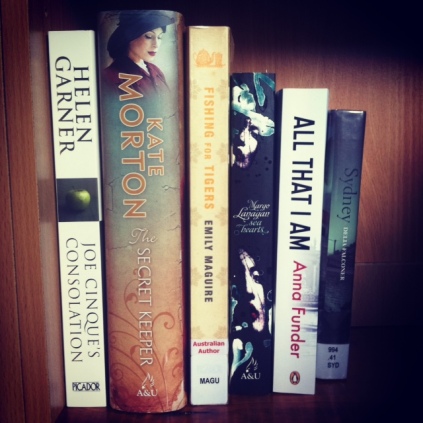
My #AWW2013 reads lined up and ready to go!
Like this:
Like Loading...
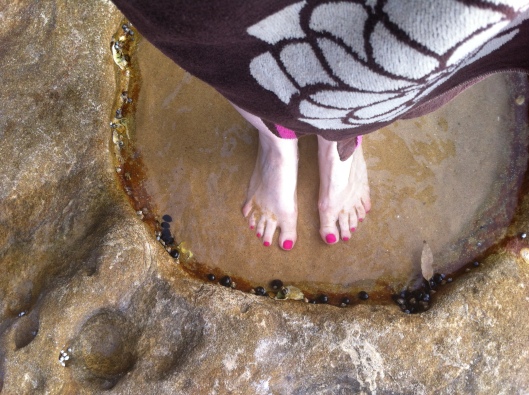 It’s been such a busy time these past months…this the continuing mantra of my life. And the posts here are so infrequent when I had planned so much more this year.
It’s been such a busy time these past months…this the continuing mantra of my life. And the posts here are so infrequent when I had planned so much more this year.











